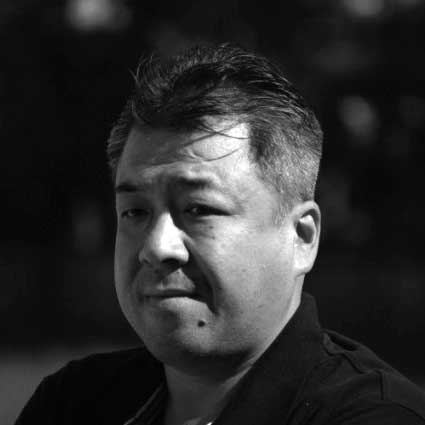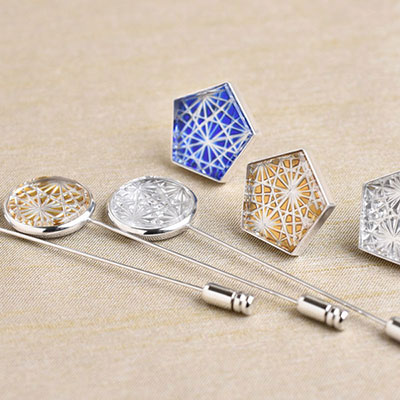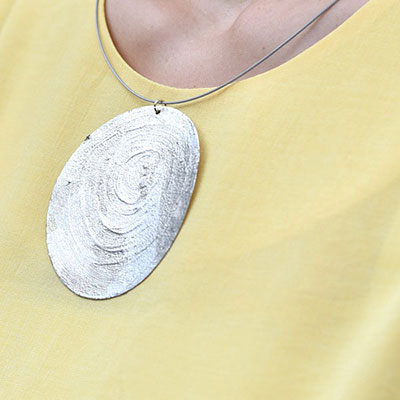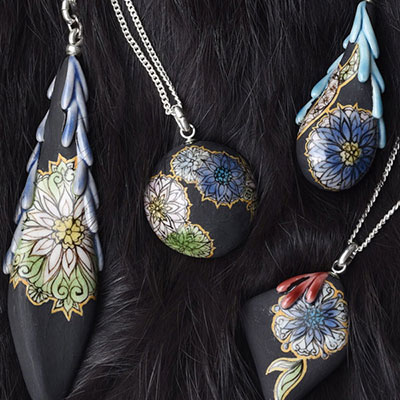
| Brief Personal History | |
| 2003 | Appointed as a judge for the Japanese New Kogei Exhibition |
|---|---|
| 1986 | Studied at the Training Institute of Kutani ware Technique in Ishikawa |
| 1986 | Graduated from Osaka University of Arts |
| 1962 | Born in Ishikawa, Japan |
| Exhibitions | |
| 1989 | Traditional Kutani ware Art Craft Exhibition |
| Modern Kutani ware Art Craft Exhibition | |
| 1988 | The Japan New Craft Exhibition (Nihon Shin Kogei Ten) |
| He is regularly nominated for prizes. | |










































